You have several options. One, however, won't do and that is a recursive query using SQL only; Access can't be fooled and will claim about a circular reference. Your only chance is to create a query resolving a limited number of levels only, say, 8 or 10.
But you can cover the recursive call in a domain aggregate function like DLookup(). This is, however, very slow as DLookup() calling the query will run for each and every record. For more than some dozens of records this will most likely be unacceptable.
The fastest way, for an unlimited number of levels, I've found is to create a lookup function which walks the tree for each record. This can output either the level of the record or a compound key built by the key of the record and all keys above.
As the lookup function will use the same recordset for every call, you can make it static, and (for Jet) you can improve further by using Seek to locate the records.
Here's an example from a similar case which will give you an idea:
Public Function RecursiveLookup(ByVal lngID As Long) As String
Static dbs As DAO.Database
Static tbl As DAO.TableDef
Static rst As DAO.Recordset
Dim lngLevel As Long
Dim strAccount As String
If dbs Is Nothing Then
' For testing only.
' Replace with OpenDatabase of backend database file.
Set dbs = CurrentDb
Set tbl = dbs.TableDefs("tblAccount")
Set rst = dbs.OpenRecordset(tbl.Name, dbOpenTable)
End If
With rst
.Index = "PrimaryKey"
While lngID > 0
.Seek "=", lngID
If Not .NoMatch Then
lngLevel = lngLevel + 1
lngID = !MasterAccountFK.Value
If lngID > 0 Then
strAccount = str(!AccountID) & strAccount
End If
Else
lngID = 0
End If
Wend
' Leave recordset open.
' .Close
End With
' Don't terminate static objects.
' Set rst = Nothing
' Set tbl = Nothing
' Set dbs = Nothing
' Alternative expression for returning the level.
' (Adjust vartype of return value of function.)
' RecursiveLookup = lngLevel ' As Long
RecursiveLookup = strAccount
End Function
This assumes a table with a primary key ID and a foreign (master) key pointing to the parent record - and a top level record (not used) with a visible key (AccountID) of 0.
Now your tree will be nicely shown almost instantaneously using a query like this where Account will be the visible compound key:
SELECT
*, RecursiveLookup([ID]) AS Account
FROM
tblAccount
WHERE
(AccountID > 0)
ORDER BY
RecursiveLookup([ID]);

